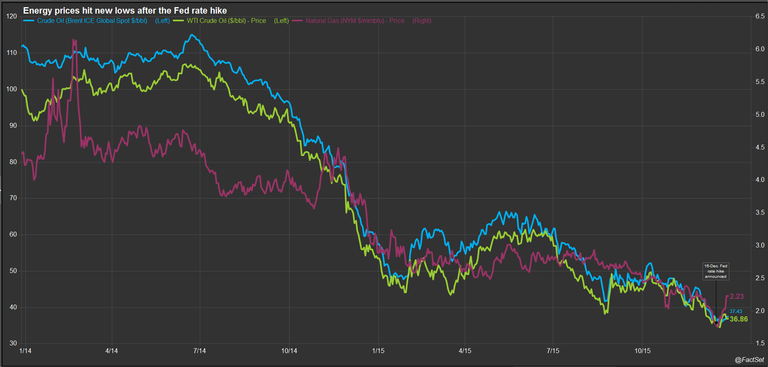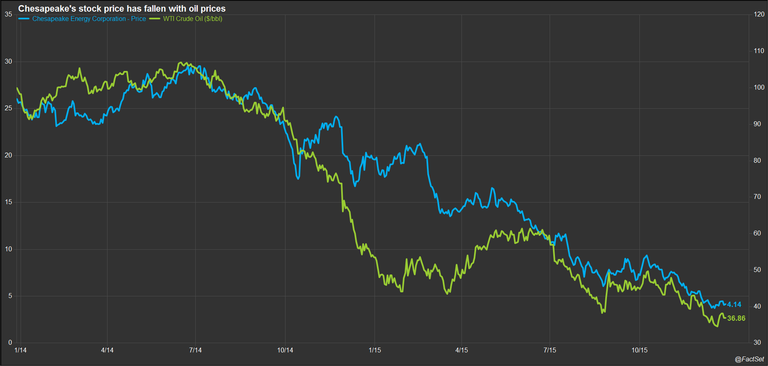Leading up to the Fed’s December 16 rate increase announcement, there were predictions of calamity for the ailing high yield bond market if the rate hike happened. The market has been falling since September 2014, according to the Bank of America Merrill Lynch U.S. High Yield index. An announcement by Third Avenue Management on December 11 that it would be liquidating one of its high yield bond funds created more nervousness and contributed to a further downturn in the high yield market just days before the Fed announcement. However, since the rate hike announcement, the high yield market appears to have stabilized. The clear telegraphing of the imminent rate hike along with the explicit language in the Federal Open Market Committee (FOMC) announcement that future rate increases were likely to be implemented on a “gradual” basis helped to calm the high yield market.
The non-investment grade, speculative or high yield bond market—also known as the “junk” bond market— refers to fixed-income instruments that have higher default risk in relation to investment-grade bonds. Higher interest rates will mean higher borrowing costs for these riskier investments, but at the same time the stronger economic performance that will precipitate the rate hikes is a positive for borrowers. A stronger economy translates to stronger company performance and greater opportunities for investing down the road.
The outlook for the overall high yield market may have improved somewhat, but the energy segment of the market has been suffering the most and higher interest rates do not help. Higher U.S. interest rates mean a stronger dollar, and this puts further downward pressure on global oil prices, which are priced in USD. Oil prices are now at the lowest levels in more than 11 years, with West Texas Intermediate (WTI) dipping below $35 per barrel and Brent just over $37 per barrel immediately following the Fed announcement. Meanwhile, natural gas fell to a 14-year low of $1.75 per million BTUs. Analysts surveyed by FactSet aren’t expecting much upward movement in energy prices over the next two years; the consensus outlook for WTI crude is an average $53 per barrel in 2016 and $60 per barrel in 2017, with Brent crude averaging $57 per barrel in 2016 and $65 per barrel in 2017.Natural gas is forecasted to average $2.87 per million BTUs in 2016 and $3.21 in 2017.

Lower energy prices mean lower returns on investments in energy exploration projects, putting the very survival of smaller players at risk. For example, Chesapeake Energy Corporation (CHK) has seen its stock price fall sharply since late 2014, when energy prices started to tumble; the stock is down 77% from a year ago. The company’s bonds are all classed as speculative grade, with a B3 rating from Moody’s and a CCC+ rating from S&P. Company-issued bonds maturing in 2017 and 2018 are all trading at well below par, between 36 and 62 cents on the dollar. More concerning, the company has a number of bonds maturing between 2019 and 2023, all of which are currently trading at around 25 cents to the dollar. The increased perceived risk is also evident in the firm’s credit default swap (CDS) spreads, which have widened dramatically over the past five months; the spread on 5-year CDS has gone from 769 to 4453 basis points, while the one-year spread has gone from 416 to 3164 basis points.

It is clear that the weakness in the high yield market is mainly due to energy-related securities. While the total market is down 2.5% from two years ago according to the Bank of America index, the Bank of America Merrill Lynch U.S. High Yield Energy index is down by more than 30%. Given that the weakness is primarily confined to the energy sector, parallels drawn to the subprime mortgage crisis that led to the global financial slowdown are overstated.
